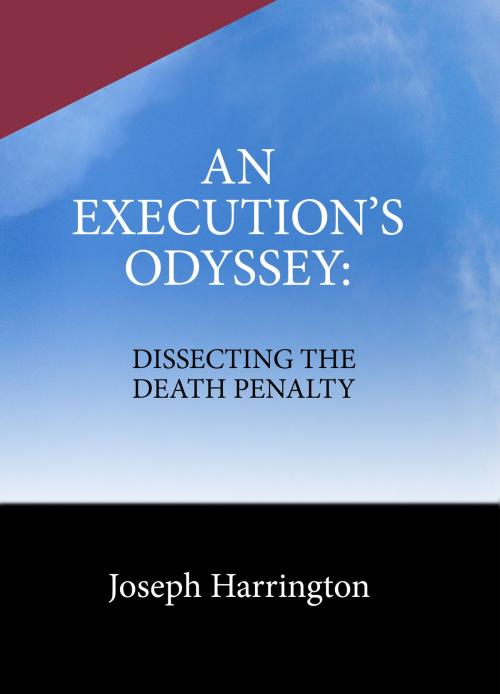Execution's Odyssey
Nonfiction, Reference & Language, Law, Criminal law, Social & Cultural Studies, Social Science, Crimes & Criminals, Murder, True Crime| Author: | Joseph Harrington | ISBN: | 9781370436217 |
| Publisher: | Pegasus Books | Publication: | July 15, 2016 |
| Imprint: | Smashwords Edition | Language: | English |
| Author: | Joseph Harrington |
| ISBN: | 9781370436217 |
| Publisher: | Pegasus Books |
| Publication: | July 15, 2016 |
| Imprint: | Smashwords Edition |
| Language: | English |
In the spring of 1992, Robert Alton Harris' execution, the first in twenty-five years, was scheduled to take place at San Quentin State Prison in California. There was no question of Harris' guilt. In 1978, he murdered two sixteen-year-old boys for their vehicle, which he and his brother used as a getaway car in a subsequent bank robbery.
A newspaper reporter is assigned to cover the story of the double-murder. And since her father had also been a murder victim, she possessed a passionate belief in the death penalty. Fourteen years later, when assigned to cover the Harris execution, she prepares for being a witness to the punishment by interviewing the executioners at San Quentin and learning as much as she could about the process and protocol of putting a man to death in the gas chamber.
The story is the reporter’s own odyssey –– through research, observations and interviews –– as she comes to the conclusion that no matter what she believes or wants, the death penalty does not work.
The events described in AN EXECUTION’S ODYSSEY, however, transcend far beyond the death of Robert Alton Harris. The book demonstrates how, in a very unusual sense, his death created a spiritually uplifting resolution for the reporter.
The Harris execution also brings into sharp focus questions being raised today involving not only the Eighth Amendment, but also the First and Fourteenth
In 1992, at the time of Harris’ execution, 80% of Californians favored the death penalty. In 2012, Californians went to the polls and voted 52% to 48% to retain the punishment. An appalling number of those citizens who supported the ballot measure thought capital punishment was cost-effective.
This book proves the exact opposite.
In the spring of 1992, Robert Alton Harris' execution, the first in twenty-five years, was scheduled to take place at San Quentin State Prison in California. There was no question of Harris' guilt. In 1978, he murdered two sixteen-year-old boys for their vehicle, which he and his brother used as a getaway car in a subsequent bank robbery.
A newspaper reporter is assigned to cover the story of the double-murder. And since her father had also been a murder victim, she possessed a passionate belief in the death penalty. Fourteen years later, when assigned to cover the Harris execution, she prepares for being a witness to the punishment by interviewing the executioners at San Quentin and learning as much as she could about the process and protocol of putting a man to death in the gas chamber.
The story is the reporter’s own odyssey –– through research, observations and interviews –– as she comes to the conclusion that no matter what she believes or wants, the death penalty does not work.
The events described in AN EXECUTION’S ODYSSEY, however, transcend far beyond the death of Robert Alton Harris. The book demonstrates how, in a very unusual sense, his death created a spiritually uplifting resolution for the reporter.
The Harris execution also brings into sharp focus questions being raised today involving not only the Eighth Amendment, but also the First and Fourteenth
In 1992, at the time of Harris’ execution, 80% of Californians favored the death penalty. In 2012, Californians went to the polls and voted 52% to 48% to retain the punishment. An appalling number of those citizens who supported the ballot measure thought capital punishment was cost-effective.
This book proves the exact opposite.















